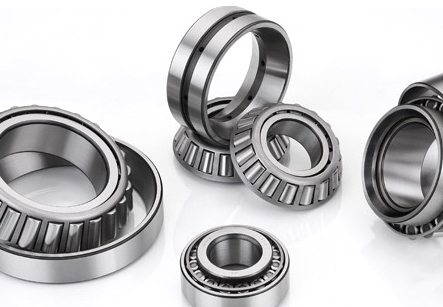Summary:What Are Radial Ball Bearings?A radial ball bearing is an example of high-performance, precision bearings where the mech...
What Are Radial Ball Bearings?
A radial ball bearing is an example of high-performance, precision bearings where the mechanical action of the applied force transmitted through the bearing surface is radial to the principal axis of the driving wheel. They're the most widely used and popular in industrial machinery applications owing to their flexibility. Radial ball bearings are so versatile that they're used in everything from the simplest to the most complex machines. And they're found in everything from watches, to helicopters, to recreational vehicles.
The use of a radial ball bearing as a component in a machine can be as simple as a single groove ball bearing housing, or it can incorporate both a single and a dual groove bearing. Single groove ball bearings are used primarily for single-speed transmissions. Dual groove bearing housing gives the option of powering a variety of machinery with the same system, and can be found in heavy-duty transmission and clutch systems.
In order for a radial ball bearing to perform at its best, they must be carefully chosen. The basic load rating for a single row is one thousandths of an inch per linear inch, while the maximum load rating is two thousandths of an inch per linear inch. Typically, single row radial ball bearings are made in pairs, with one single ballion per pair housing.
One of the more common uses of radial ball bearings is the use of a single piece assembly. This can be accomplished in many different ways. First, the housing may be constructed with straight balls by piercing a hole through the housing and into the bottom of a material bearing. This process is known as federing. Then the assembly may be loaded into the bearing, which will have balls made perpendicular to the rotation direction, and aligned radially with the linear axis.
In a situation where the assembly needs to be supported from a number of directions at once, such as when supporting a steering wheel from both axles simultaneously, the bearing housing can be constructed with a multi-piece assembly. To rotate, the balls are controlled via a computer system. The angle of rotation is typically set by a variable in the computer. The two most common computer controlled angle selections are 90 degrees and a full circle.
There are some instances when a bearing needs to support a much larger load than just one or two balls. In this case, the assembly is supported at three or four points. In order to handle this type of load, high strength materials are used. The most common components used for these bearings are stainless steel, titanium, and carbon steel. A popular bearing called HBC (High Bacterial Bearing) is made from 18 micron stainless steel balls, and is capable of sustaining extreme temperatures and stresses.



